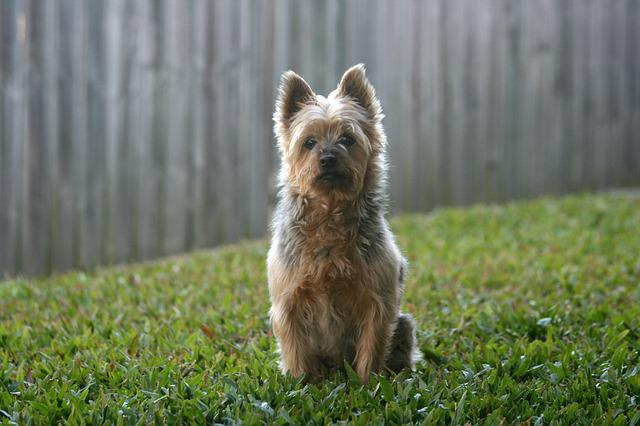There are many tips to make your backyard dog-friendly, from adding a sandbox to selecting pet-friendly plants and choosing a fence. Some tips will help you design a dog-friendly space, and you can even find dog-friendly ideas on social media. Whether you want to create a safe environment for your dog to play, or simply create a safe space for your dog to socialize, this article will give you a few ideas to get your backyard pet-friendly.
Installing a sandbox
When it comes to installing a sandbox, your best bet is to create a dog-friendly area in your yard. Sandboxes can be made of fast-setting concrete found at hardware stores, and sand from playgrounds is not difficult to come by at your local home improvement store. Dogs like to dig holes in the sand and find cool places to sleep. By creating a dog-friendly area in your yard, you can prevent your dog from damaging your lawn or other garden areas.
First, determine the size of your dog’s enclosure. Make sure to keep the area cool and comfortable for your dog. You can choose a variety of materials such as smooth rocks, pebbles, and bricks. If you want to provide visual barriers, you can also use landscape fabric to line the bottom of the sandbox. Sand should be soft and cool, but small rocks can cause choking hazards in young dogs.
Adding a water feature
Dogs need access to water, and adding a simple water bowl is the easiest solution. But you can get creative by adding a flowing water feature to your backyard. Small ponds and pools are fun and functional for your dog. Make sure the ponds or pools are safe for dogs by adding steps and gentle slopes to access them. Dogs can also swim safely in water bowls or pools.
Another way to make your backyard dog-friendly is to add a small pool for Fido. He’ll enjoy playing in the water and staying hydrated. You’ll be happy that you made this thoughtful addition to your backyard dog-friendly design. Adding a water feature can also add an extra element of color and design to your yard. It’s also a great way to keep your dog occupied.
Choosing pet-safe plants
When designing your yard, consider adding a few pet-safe plants. While the following list is not exhaustive, it includes many of the most common flowers found in the southern United States. If you have concerns about any plants, consult your veterinarian. Luckily, there are plenty of plant choices available to home owners. Listed below are some suggestions for pet-safe plants for your yard. Let your garden reflect your personality!
Azaleas, chrysanthemum, and carnations are not safe for pets. They can cause digestive problems and even vomiting and diarrhea. Dahlias, on the other hand, can cause kidney failure and dermatitis in dogs. While gardenia and hydrangea are usually safe for dogs, they can be dangerous for cats if they eat the stems.
Adding a fence
A fence around your backyard is an important part of maintaining your yard for your dog. A fence keeps your pet from wandering into the house and other properties, but it also helps prevent your dog from barking, digging, and chewing. Whether your dog likes to spend time in the yard or is more likely to behave aggressively when outside, a fence can reduce the likelihood of these problems.
When choosing a fence for your backyard, consider whether you’ll need a full or partial enclosure. While a full fence is necessary for a small yard, a partial fence can allow you to plant more elaborate landscaping, including vegetable beds. You might even want to invest in a virtual fence that keeps your dog safe, but isn’t as attractive. In addition to fencing the area, consider adding a dog house for your dog to enjoy the outdoors while keeping your dog safely confined inside the yard.
